Beyond Cradle to Grave
Armodoxy for Today: Beyond Cradle to Grave
On this fourth day of preparation for the Feast ahead of us, we focus on the singular place the St. Mary occupies in human history.
The Feast we celebrate on Sunday is called the Assumption. As Tradition tells us, when the Blessed Mother passed away, the Apostle Bartholomew was absent from the group of Apostles who attended her funeral. When he returned to Jerusalem he asked that he might visit her tomb to offer his respects to the Holy Mother of Blessed Memory. When they found her tomb empty, it was revealed that she was “assumed” into Heaven by Christ himself. Hence, the Feast is called the Assumption of the Asdvadzadzin.
The two words Assumption and Asdvadzadzin, celebrates the one who knew Jesus before and after the “cradle to grave” markers. St. Mary knew Christ from womb to Resurrection to her own Assumption. In the words of the angels, she is the highly favored one, the Lord is with her; blessed is she among women! (Luke 1:28)
Today’s one minute for Summertime.


